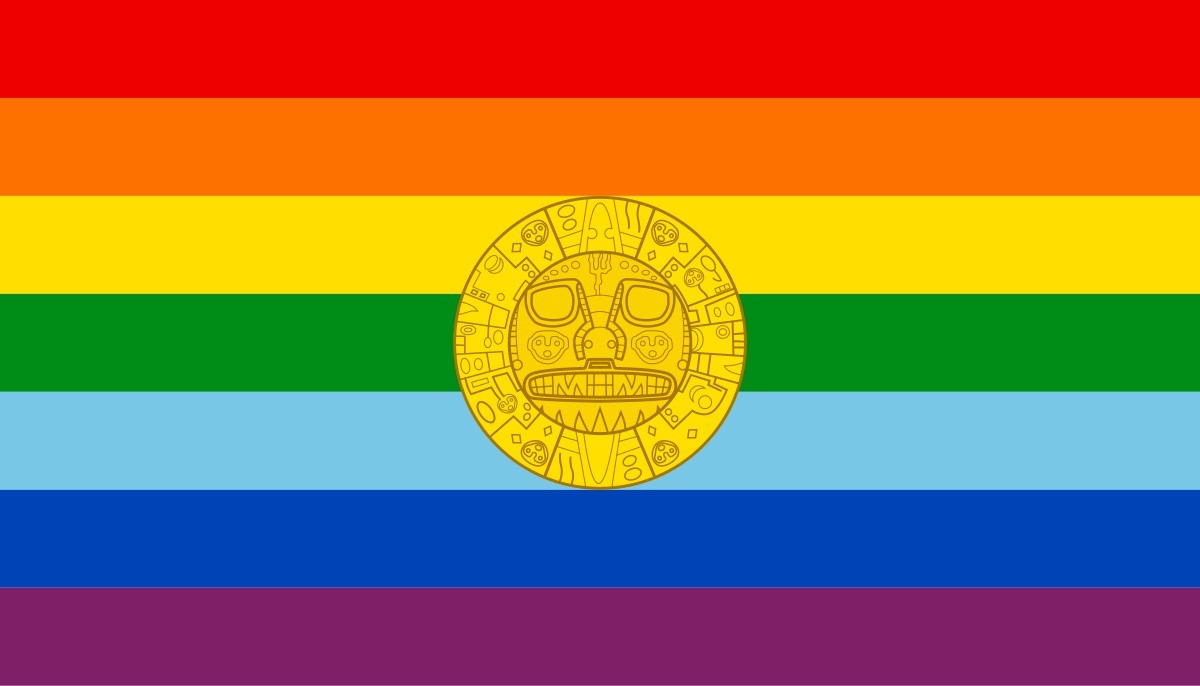The Surprising Truth About Cusco’s Rainbow Flag

Did you know that the rainbow flag seen in Cusco isn't just a symbol of LGBTQ+ pride? Many visitors to this historic Peruvian city are surprised to learn that the colorful flag has a different meaning here. In Cusco, the rainbow flag represents the ancient Incan Empire. This flag, known as the Wiphala, has been a symbol of Andean culture for centuries. Its vibrant colors reflect the diversity and richness of the region's heritage. Next time you see the rainbow flag flying high in Cusco, remember its deep cultural roots and the history it represents.
The History Behind Cusco's Rainbow Flag
Cusco's rainbow flag often confuses visitors who mistake it for the LGBTQ+ pride flag. However, this colorful banner has a unique story tied to the city's rich history and culture.
Origins of the Flag: The rainbow flag of Cusco, known as the "Wiphala," dates back to the Incan Empire. It symbolizes the diversity and unity of the Andean people.
Adoption by Cusco: In 1978, Cusco officially adopted the rainbow flag as its emblem to celebrate the city's heritage and the ancient Incan civilization.
Symbolism of Colors: Each color on the flag represents different aspects of Andean cosmology. Red stands for the earth, orange for society and culture, yellow for energy, green for nature, blue for space, and violet for Andean spirituality.
Misconceptions About the Rainbow Flag
Many visitors to Cusco assume the rainbow flag is a symbol of LGBTQ+ pride. While it shares the same colors, the meanings and origins are distinct.
Tourist Confusion: Tourists often mistake the Cusco flag for the LGBTQ+ pride flag, leading to misunderstandings about its significance.
Local Clarifications: Locals frequently explain the difference to visitors, emphasizing the flag's connection to Incan heritage rather than modern social movements.
Cultural Pride: The rainbow flag in Cusco is a source of cultural pride, representing the city's ancient roots and the enduring legacy of the Incan Empire.
Where to See the Rainbow Flag in Cusco
The rainbow flag is prominently displayed throughout Cusco, adding vibrant color to the city's streets and landmarks.
Plaza de Armas: The main square of Cusco, Plaza de Armas, proudly flies the rainbow flag alongside the Peruvian national flag.
Government Buildings: Many government buildings in Cusco display the rainbow flag, reinforcing its official status as the city's emblem.
Festivals and Parades: During local festivals and parades, the rainbow flag is a common sight, celebrating Cusco's cultural heritage and community spirit.
The Rainbow Flag in Modern Cusco
Today, the rainbow flag continues to be a powerful symbol of Cusco's identity, blending ancient traditions with contemporary life.
Art and Souvenirs: The rainbow flag appears in various forms of art and souvenirs, from paintings to textiles, allowing visitors to take a piece of Cusco's culture home with them.
Educational Programs: Schools and cultural institutions in Cusco use the rainbow flag to teach about Incan history and the significance of the Wiphala.
Community Events: Community events often feature the rainbow flag, fostering a sense of unity and pride among residents and visitors alike.
The Real Story Behind Cusco's Rainbow Flag
Cusco's rainbow flag often gets mistaken for the LGBTQ+ pride flag. However, it represents the city's rich Incan heritage. The flag's colors symbolize different aspects of Andean culture, from the fertile land to the spiritual connection with the cosmos. This flag has flown over Cusco for decades, serving as a reminder of the region's deep historical roots.
When visiting Cusco, understanding the true meaning behind the rainbow flag can enrich your experience. It’s not just a colorful banner; it’s a symbol of identity and pride for the local people. So next time you see it, remember its unique story and the vibrant culture it represents. This knowledge adds another layer to your appreciation of Cusco, making your trip even more memorable.

